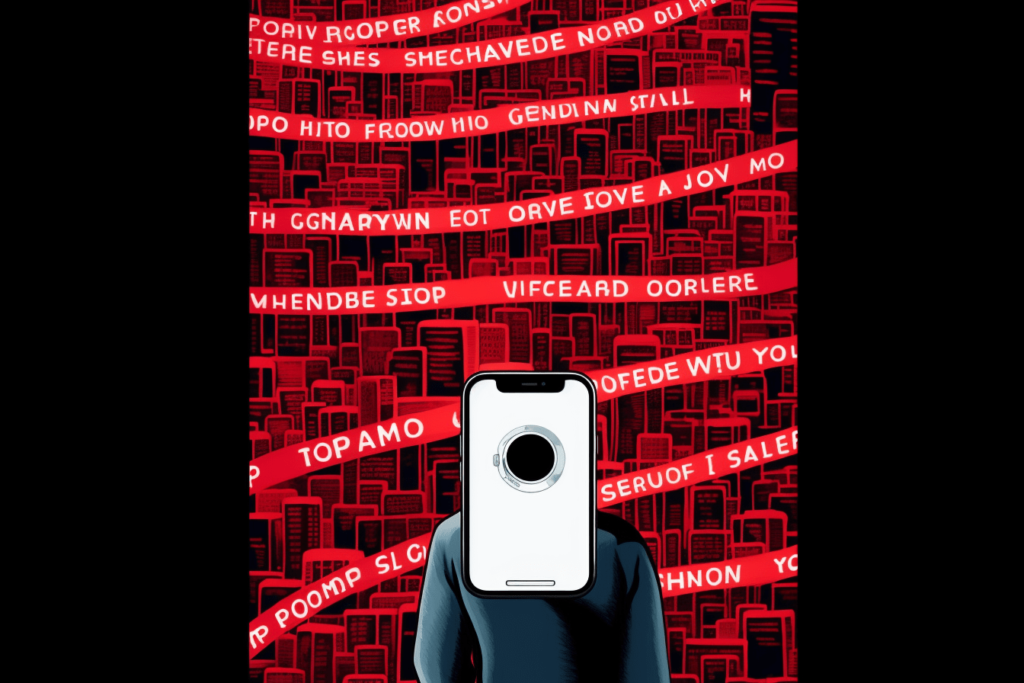
Imagine TikTok as an endless, neon-lit casino. There’s no clock on the wall, no last call, no sense of day or night—just an infinite aisle of digital slot machines tuned perfectly to your desires. This isn’t just an app; it’s a behavioral experiment engineered to catch your eye and keep it there. Every scroll, every like, every glance is data. TikTok knows you better than you’d like to believe, and it’s ready to use that knowledge to exploit your attention for one simple purpose: profit.
The magic trick here is a classic in computer science, dressed up in new clothes: the multi-armed bandit problem. Normally, it’s just a statistical problem, a math exercise for testing strategies. But when TikTok got hold of it, the problem transformed into something deeply lucrative—and borderline dystopian. In TikTok’s world, each piece of content you encounter is an arm of the bandit, and every one of your actions is a pull on the handle. You’re not there to win; you’re there to feed a machine that’s already won before you ever walked through its virtual doors.
Baiting the Hook: A Digital Experiment in Exploitation
Let’s get one thing straight: TikTok’s algorithm isn’t here to entertain you. Entertainment is just the cheese in the mousetrap. What the algorithm is really doing is playing a calculated game of behavioral conditioning. By continually balancing exploration (testing new content to see if you bite) with exploitation (doubling down on content you’ve shown interest in), it perfects a routine that keeps you scrolling for hours.
The algorithm is relentless. It’s not just curating content; it’s creating a behavioral profile of you with an almost clinical precision. It knows when you linger a few seconds longer on a video, when you rewatch a loop, when you break your scrolling trance to tap that heart. It knows, because every one of those tiny, fragmented behaviors is recorded, filed, and fed back into a system designed not to engage, but to exploit.
Infinite Scroll, Infinite Profit
The real kicker is TikTok’s true endgame: converting your attention into cold, hard cash. TikTok doesn’t care if you love what you’re watching or hate it. What matters is that you’re there, engaged, scrolling like a rat in a lab experiment pressing a lever. This engagement isn’t some happy accident; it’s the result of a meticulously designed cycle of content that blurs the line between watching and wanting. Every moment you spend on TikTok isn’t just a pleasant distraction; it’s a unit of attention sold to advertisers, measured down to the last nanosecond.
TikTok doesn’t just want to know you; it wants to own you. It doesn’t want a passing interest—it wants a dependency. It cultivates that dependency with micro-doses of novelty (thanks to the multi-armed bandit approach) that stimulate the brain’s reward centers. This isn’t entertainment; this is algorithmic seduction, and it’s happening on an industrial scale.
How TikTok Sells You Back to Yourself
But here’s the twist: the data you generate while being mesmerized by that never-ending feed is more valuable than the time you’re spending on the app. TikTok’s real product isn’t the video or the trend; it’s you. It’s the digital map of your attention, your preferences, your weak spots. That’s the commodity. TikTok is harvesting it, packaging it, and selling it back to you in the form of personalized ads, perfectly tailored to slip by your defenses because they’re so seamlessly embedded in the endless stream.
And this feedback loop of attention isn’t just some benign personalization feature. It’s a revenue engine with a ruthless focus: maximizing every millisecond you spend, every reaction you give. Ads are crafted to appear as natural extensions of content, blurring the line so thoroughly that you might not even realize when you’ve slipped into consuming ads. TikTok’s algorithm is optimized not for your satisfaction but for extracting every drop of engagement it can squeeze from you.
The Ultimate Attention Economy Trap
TikTok’s multi-armed bandit algorithm isn’t some theoretical exercise. It’s the most sophisticated attention trap ever built, honed to keep you coming back like an addict to a slot machine. It doesn’t matter if you’re 12 years old or 50; it will work tirelessly to find your personal vulnerabilities and exploit them. It will study you, shape you, bend you to its needs, until every moment you spend on the app is another hit in a carefully calibrated sequence designed to keep you hooked.
The app’s brilliance, if you can call it that, is in its ability to make this manipulation feel like entertainment, like choice. But look closer, and you’ll see the machinery whirring underneath—the gears of a massive, data-driven casino, where your time, your attention, your very brain chemistry are assets to be mined, monetized, and eventually discarded.
In the end, TikTok doesn’t just want a share of your time; it wants to control it. It doesn’t want to entertain you; it wants to own you. And the scariest part is, it’s succeeding.
